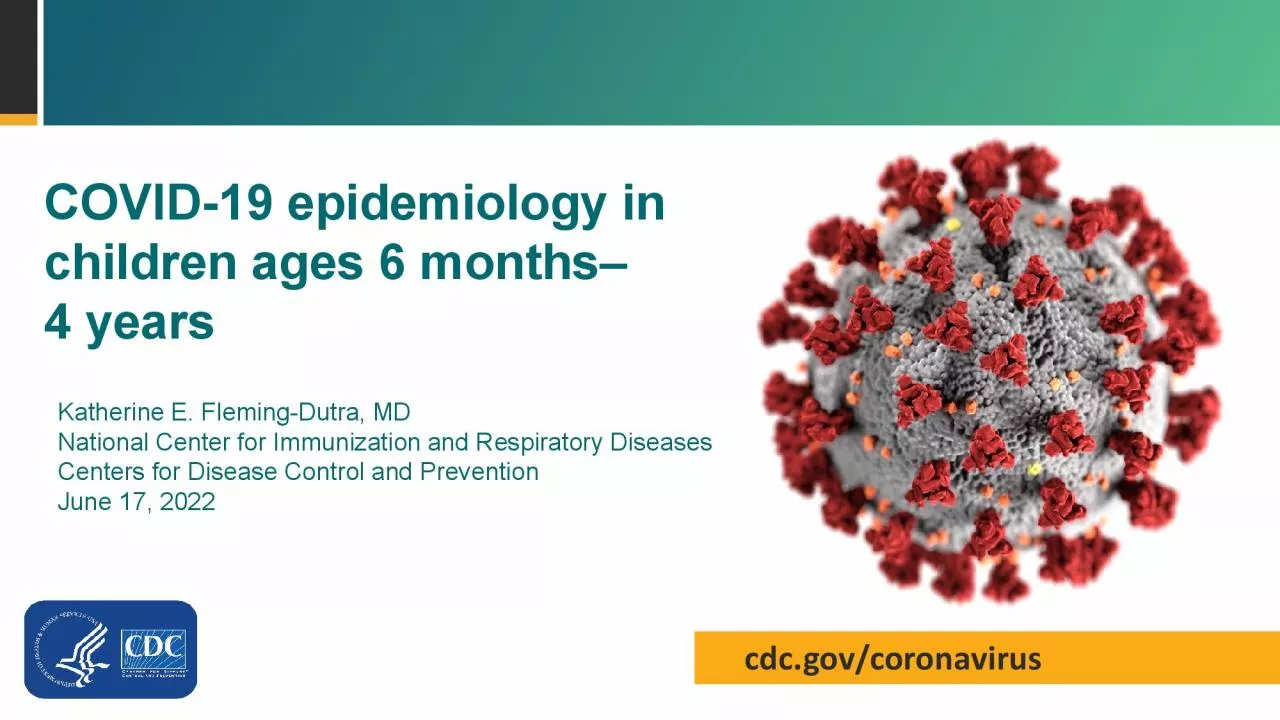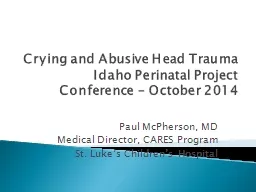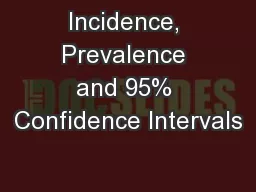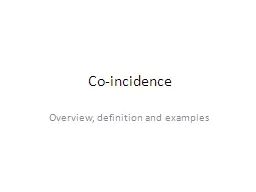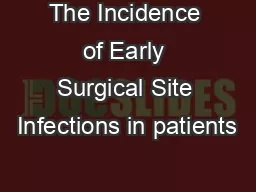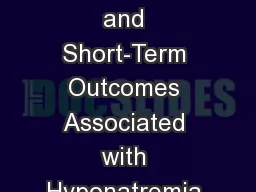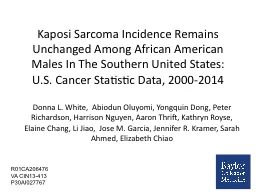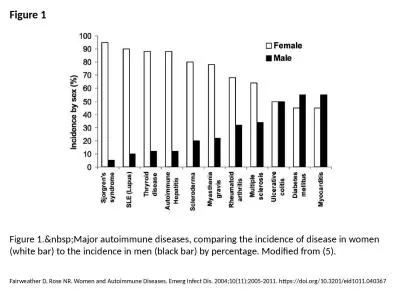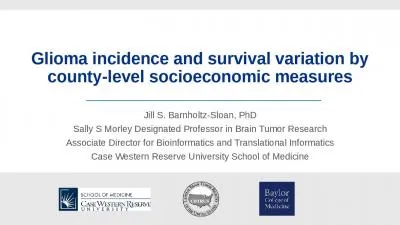PDF-OverviewCOVID19 incidence and burdenEmergency department visitsHospita
Author : martin | Published Date : 2022-08-21
Currently eligible for COVIDvaccination11 years 17 years 6 months4 years COVID19 incidence and burden Trends in number of COVID19 cases in the United States among
Presentation Embed Code
Download Presentation
Download Presentation The PPT/PDF document "OverviewCOVID19 incidence and burdenEmer..." is the property of its rightful owner. Permission is granted to download and print the materials on this website for personal, non-commercial use only, and to display it on your personal computer provided you do not modify the materials and that you retain all copyright notices contained in the materials. By downloading content from our website, you accept the terms of this agreement.
OverviewCOVID19 incidence and burdenEmergency department visitsHospita: Transcript
Download Rules Of Document
"OverviewCOVID19 incidence and burdenEmergency department visitsHospita"The content belongs to its owner. You may download and print it for personal use, without modification, and keep all copyright notices. By downloading, you agree to these terms.
Related Documents

